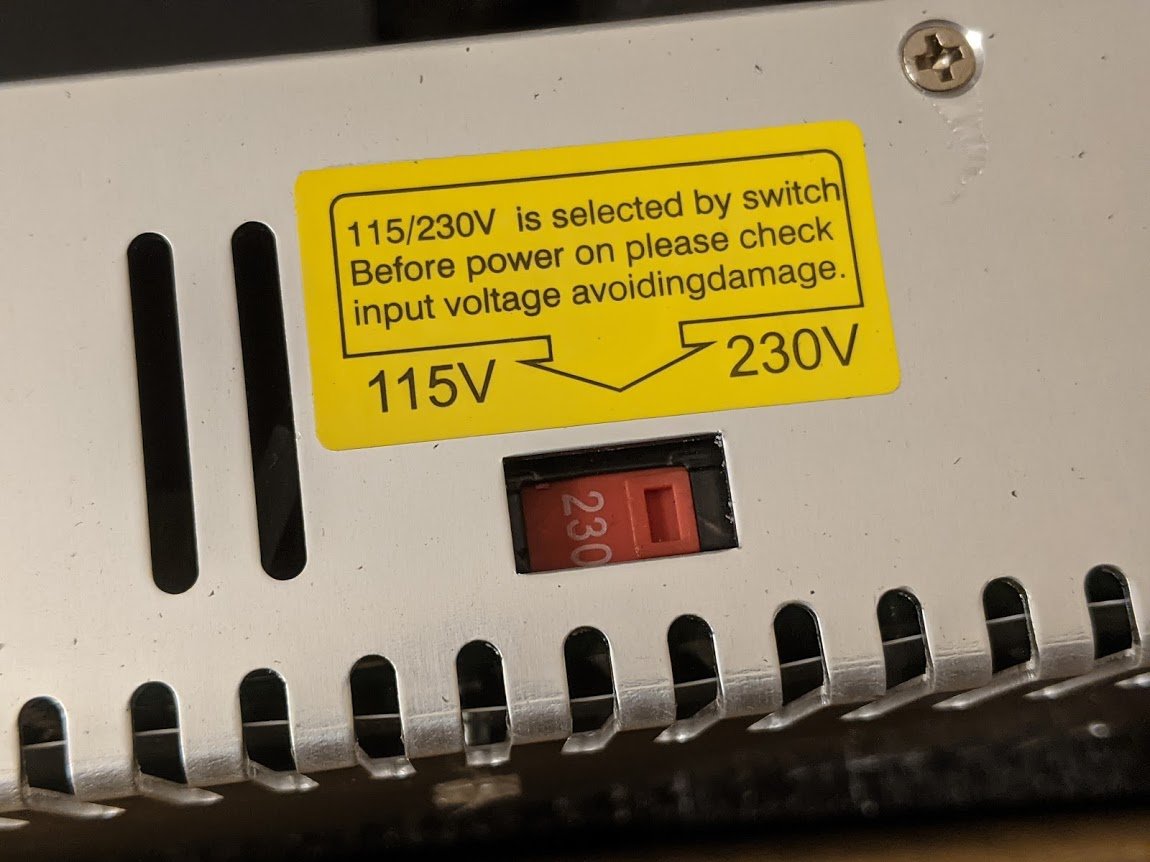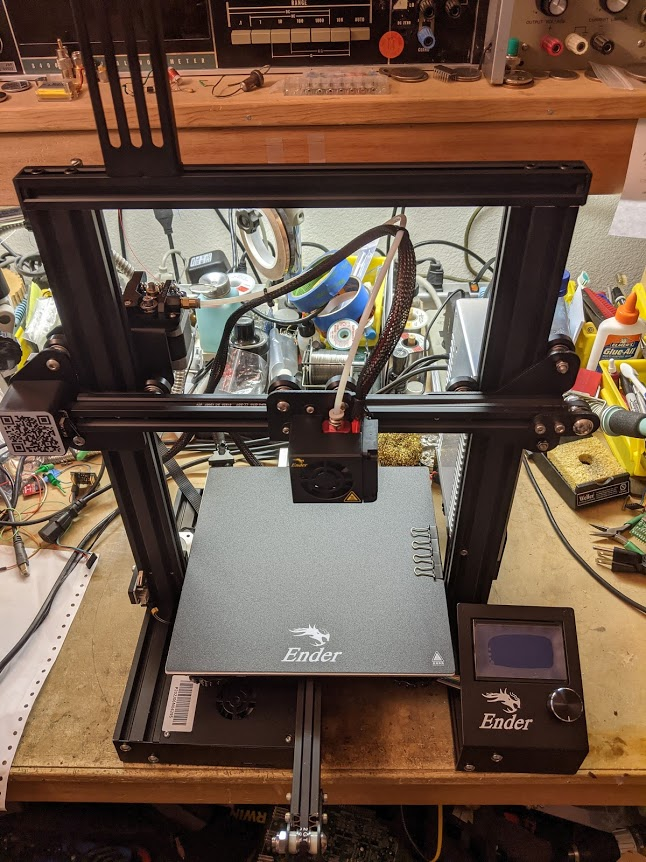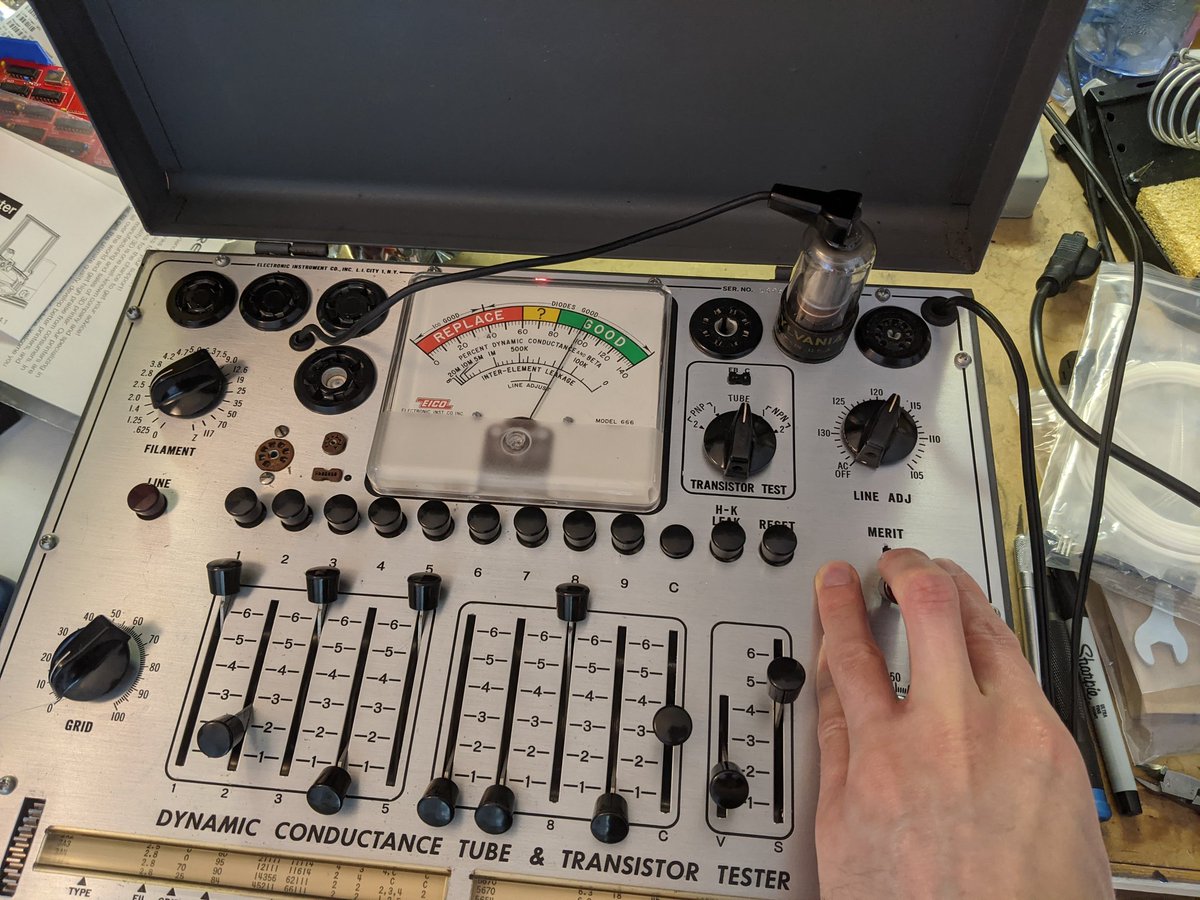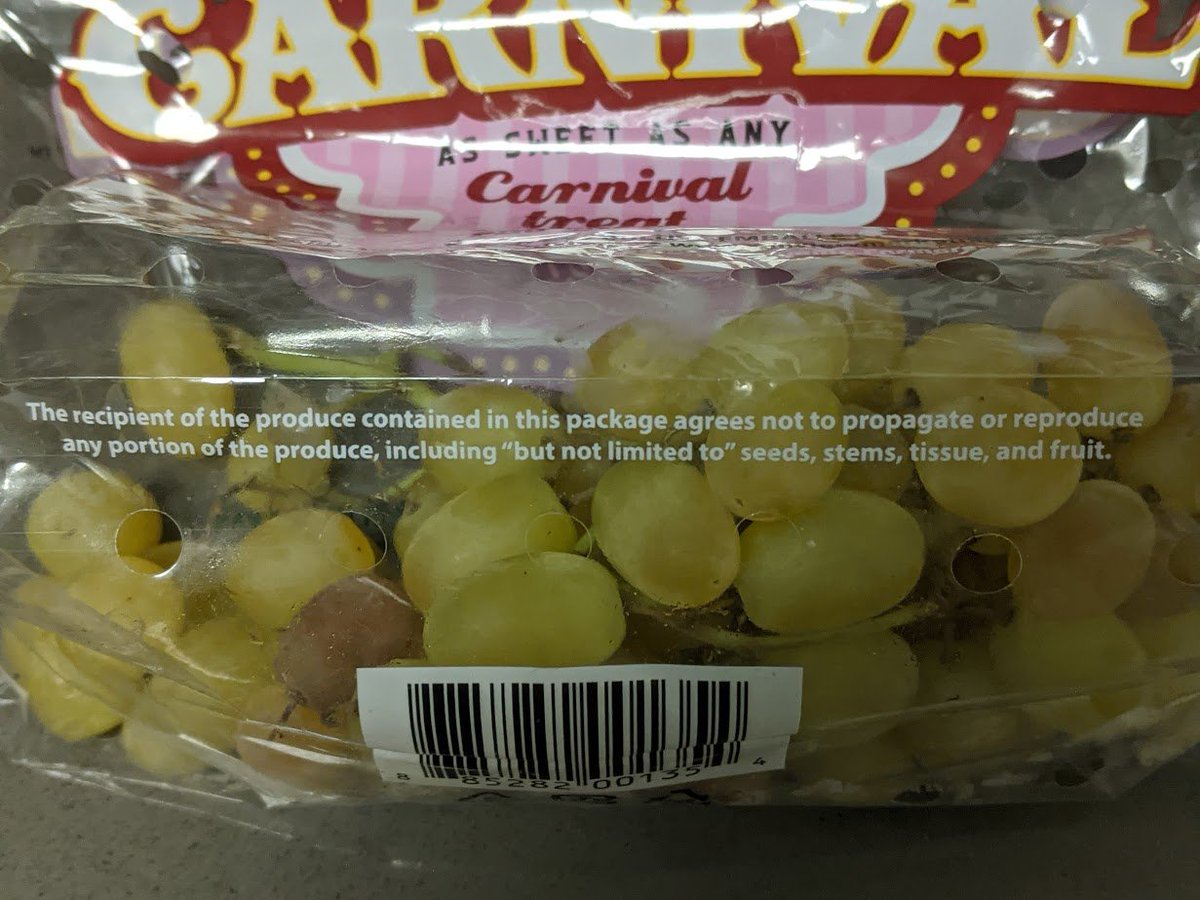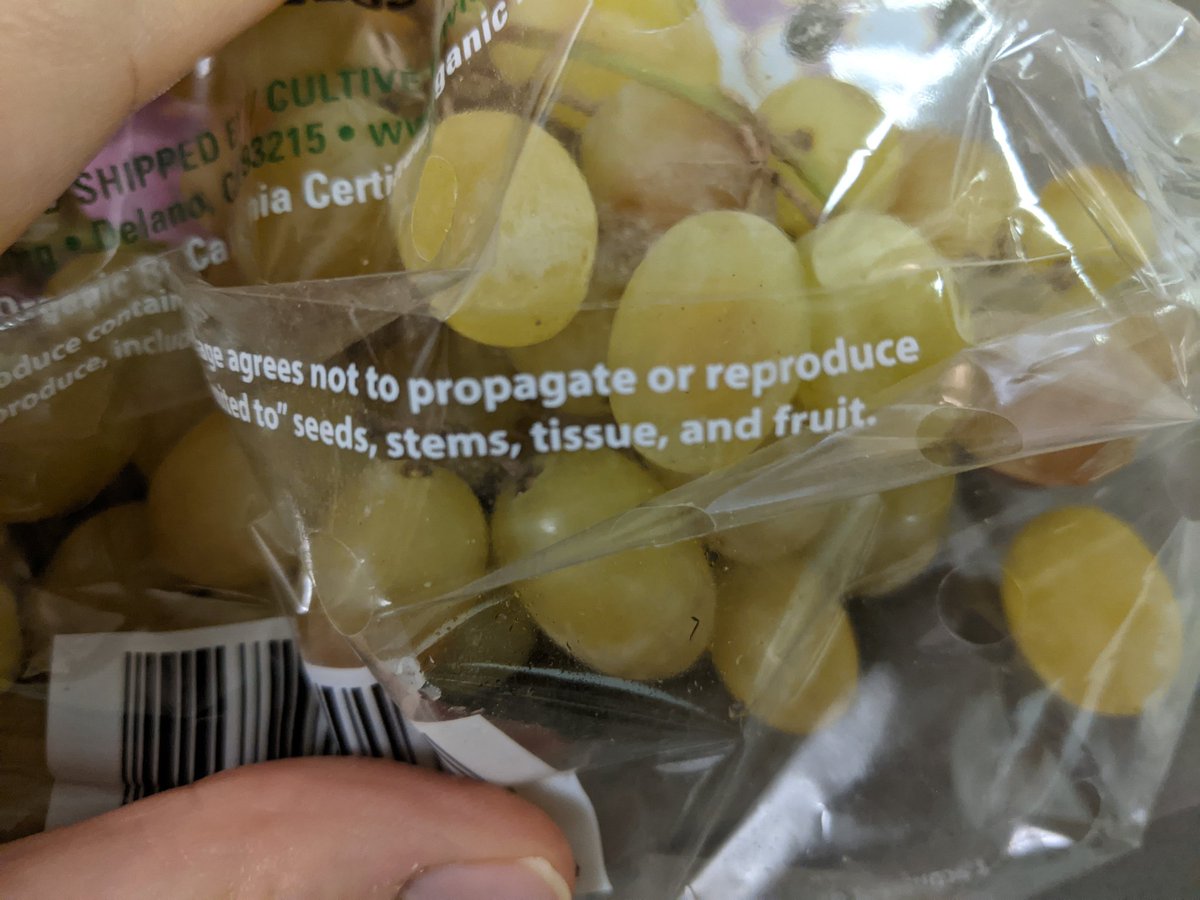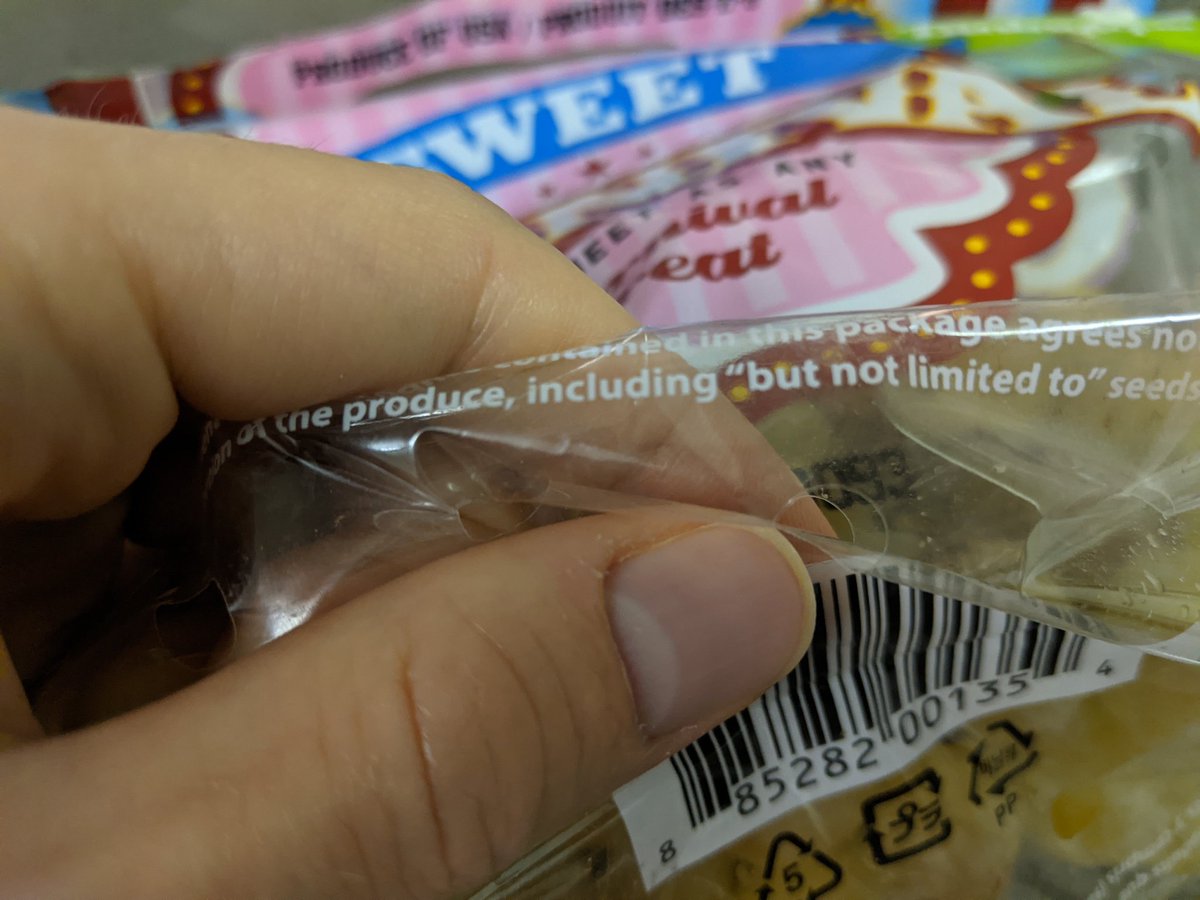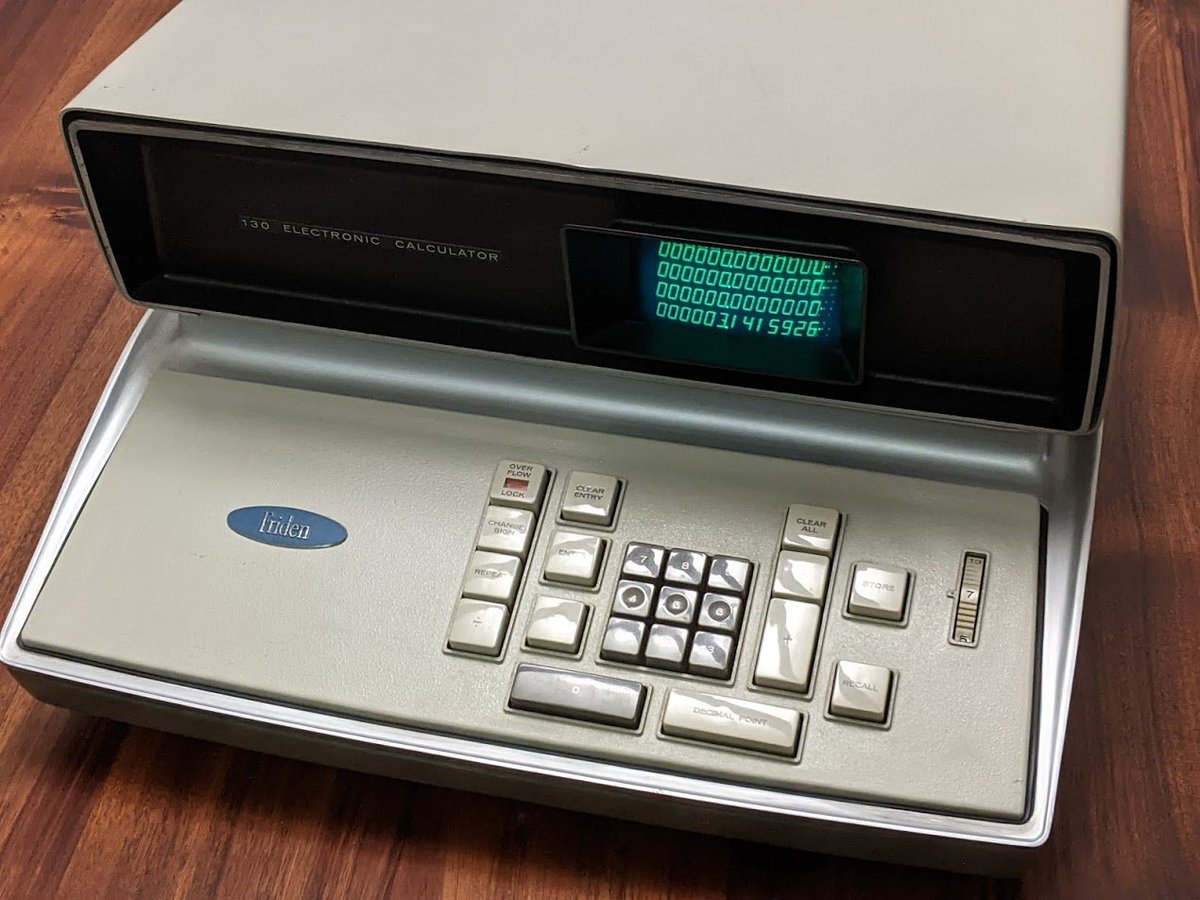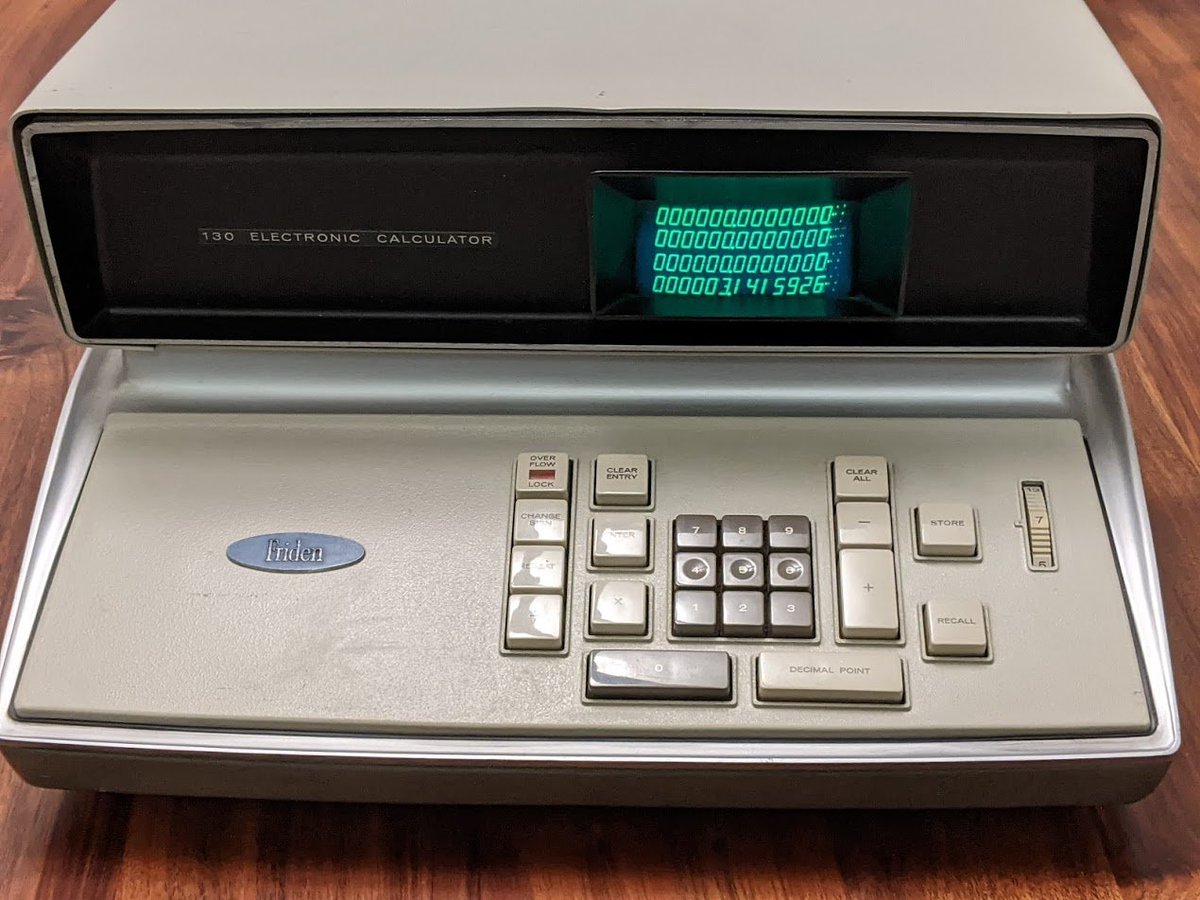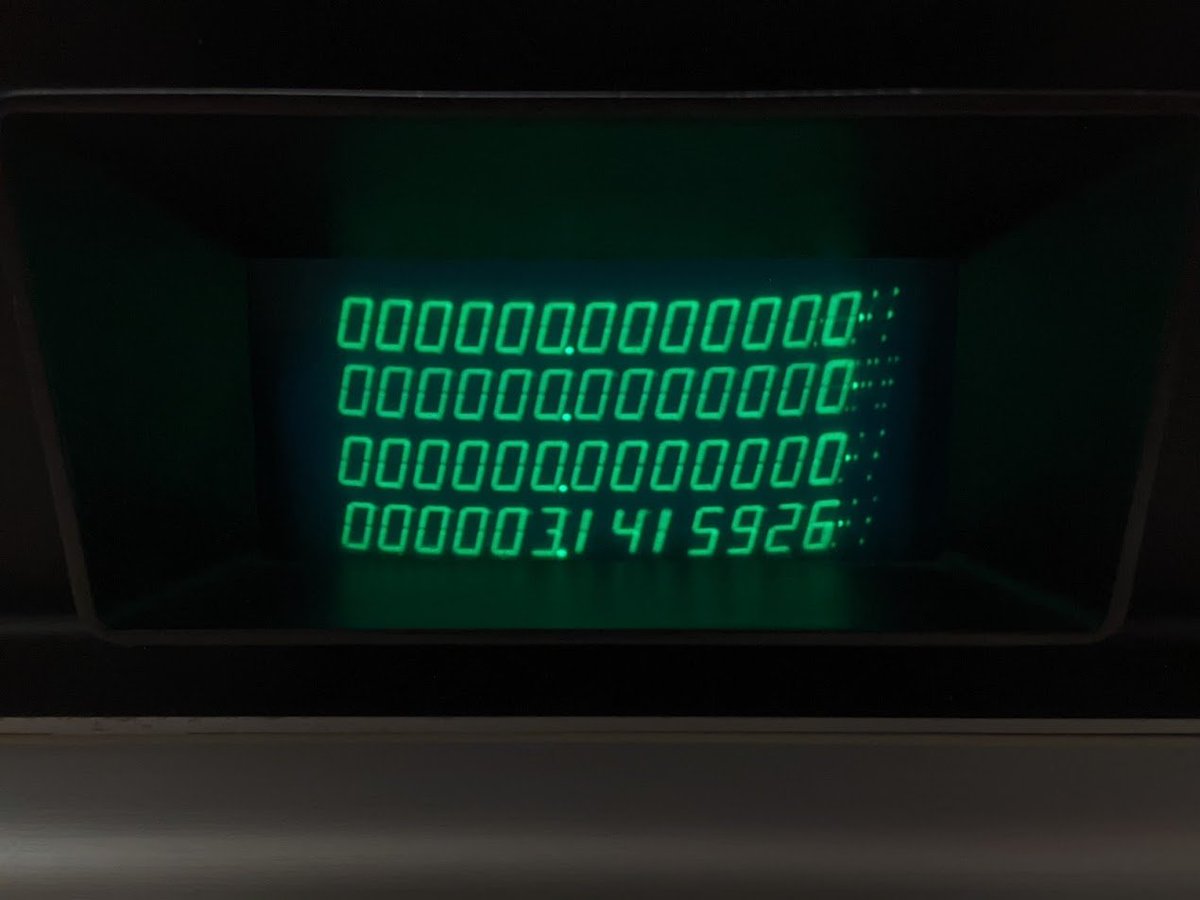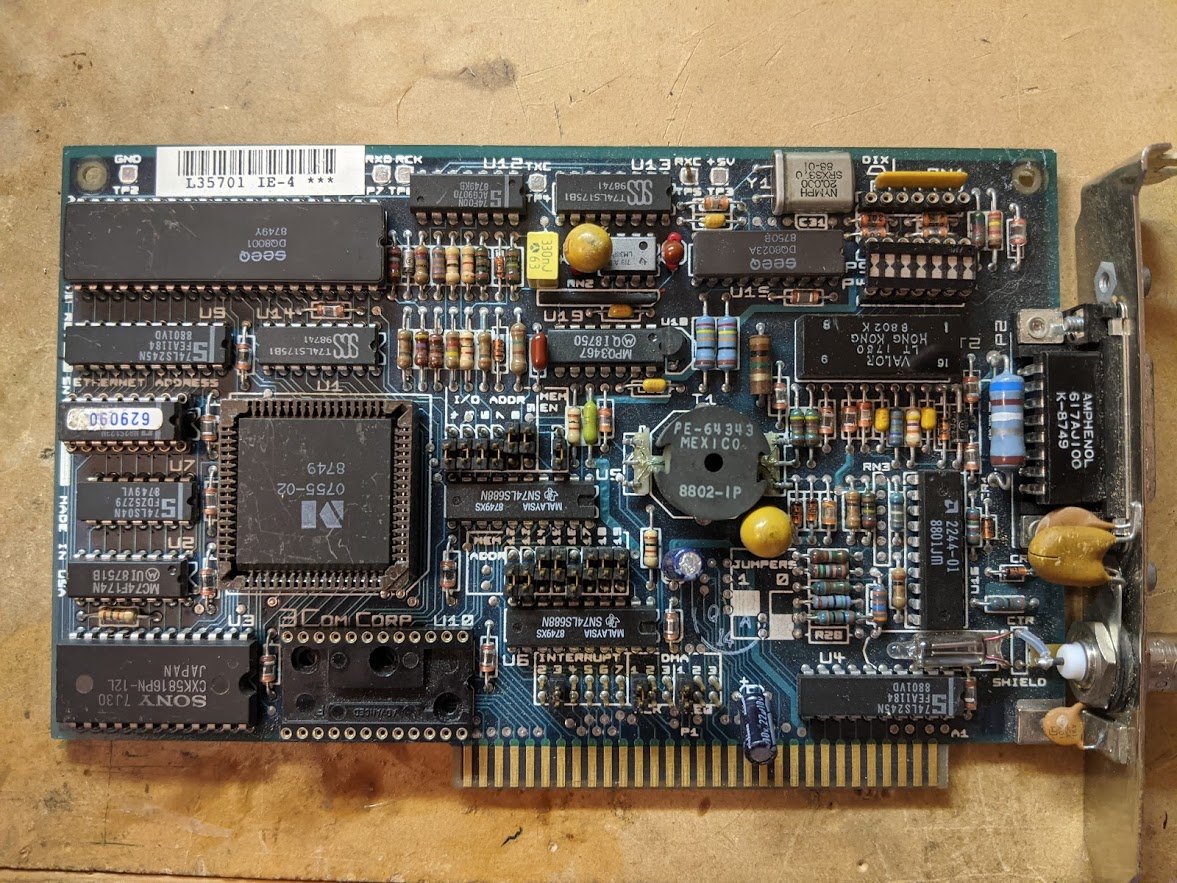
(technically i did all that printing yesterday but just didn't have time to post pics until now.) this morning i printed another part: the volume knob for the Snark Barker! 
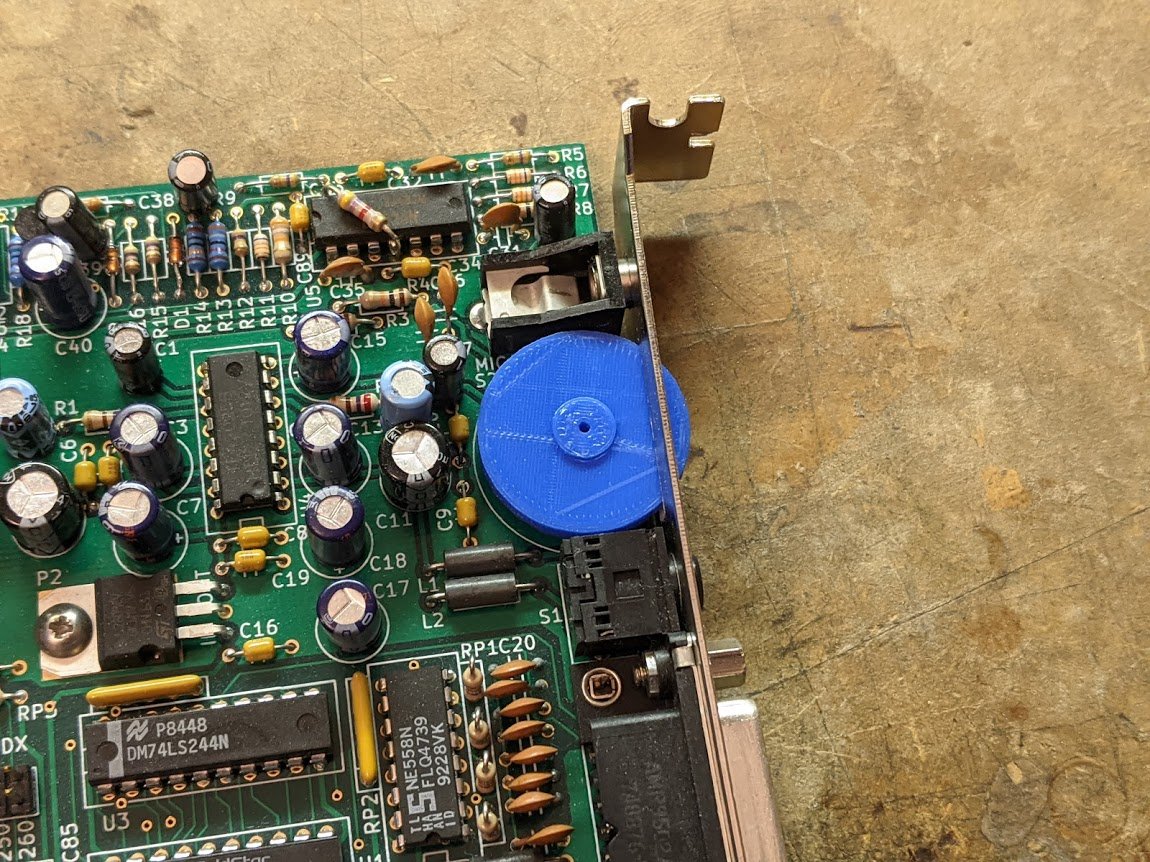
that was quick! one advantage of a 3D printer is you can iterate quickly. here are 3 versions of brackets for the Plaid Bib. 

• • •
Missing some Tweet in this thread? You can try to
force a refresh



